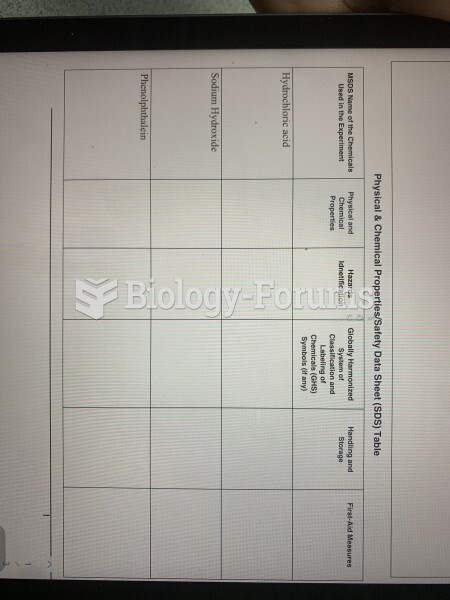Answer to Question 1
Answer: D
Answer to Question 2
Alcohol should never be seen as causing rape. Clearly, many men and women drink alcohol as a routine part of their social interactions and are never involved in sexual assaults. Conversely, rapes happen when neither the perpetrator nor the victim has had any alcohol at all.
Alcohol plays a frequent and important role in many rapes, especially acquaintance and date rapes, and in college rapes in particular. Studies have shown that alcohol use by the victim or perpetrator is involved in the majority of all college rapes. A great deal of research suggests that alcohol facilitates rape on college and university campuses through a combination of the following factors:
- Drinking alcohol goes hand in hand with college life. The percentage of college students who drink in excess is significantly higher than in the general population.
- Most alcohol use occurs in social settings, primarily parties at off-campus apartments or fraternity houses, where men and women go with the express purpose of meeting others, having fun, and getting drunk.
- Alcohol, as a drug, inhibits brain centers that are responsible for judgment, problem solving, impulse control, and recognizing the future consequences of behavior. When drinking, men are more likely to interpret a woman's friendliness as sexual interest and become less able to choose nonaggressive routes to sexual satisfaction.
- Alcohol is increasingly considered a date-rape drug, contributing to what is known as incapacitated rape.
- Alcohol is known to increase the tendency toward all forms of interpersonal aggression, especially in men, who tend to be more aggressive than women in general.
- Alcohol increases a potential victim's vulnerability, mentally and physically. It interferes with a woman's ability to read a date's intentions and may cause her to assume he understands that she is not interested in sex when, also due to alcohol, he understands just the opposite. Furthermore, alcohol interferes with physical coordination and may limit a woman's ability to effectively resist a sexual attack. College judicial files are full of cases of rape in which the victim was too drunk to walk, had passed out, or was throwing up during the rape.
- Men use alcohol to exploit the vulnerability of potential victims. A common shared goal of men at fraternity parties is to get women drunk in order to loosen up their sexual inhibitions. Some male predators prey on women by keeping tabs on those who are drinking the most and becoming the most intoxicated and target them for sexual assault.
- Men believe that alcohol enhances their sexual prowess. Physiologically, of course, this is not true, but the perception of greater sexual abilities through alcohol use increases the likelihood of rape.
- Women who have been drinking at the time they were raped are often seen as less credible when reporting the assault. This is because many people mistakenly believe that if a woman was drinking, she shares the responsibility for being raped. In addition, alcohol in larger quantities often produces memory blackouts regardless of whether there was a loss of consciousness. A spotty memory of the events surrounding and during the rape makes investigation and prosecution of the perpetrator difficult. Knowing this, the victim is less likely to report the rape to authorities.
- Men who rape often use alcohol as an excuse to justify their behavior. A man who already holds stereotypic beliefs about rape and who believes in various blame-the-victim rape myths is more likely to misunderstand that when a woman is being friendly, she is, to his way of thinking, coming on to him. This perception may be enhanced by alcohol and provide him with an excuse to rape.
- Many sexually aggressive men believe that women who drink moderate to heavy amounts of alcohol are fair game for sexual coercion in that, by drinking, they women bring the assault on themselves.
 Symbolic language may have helped reinforce exclusive sexual relationships within social groups in l
Symbolic language may have helped reinforce exclusive sexual relationships within social groups in l
 Organizational Effects of Testosterone Around the time of birth, testosterone masculinizes and defem
Organizational Effects of Testosterone Around the time of birth, testosterone masculinizes and defem





